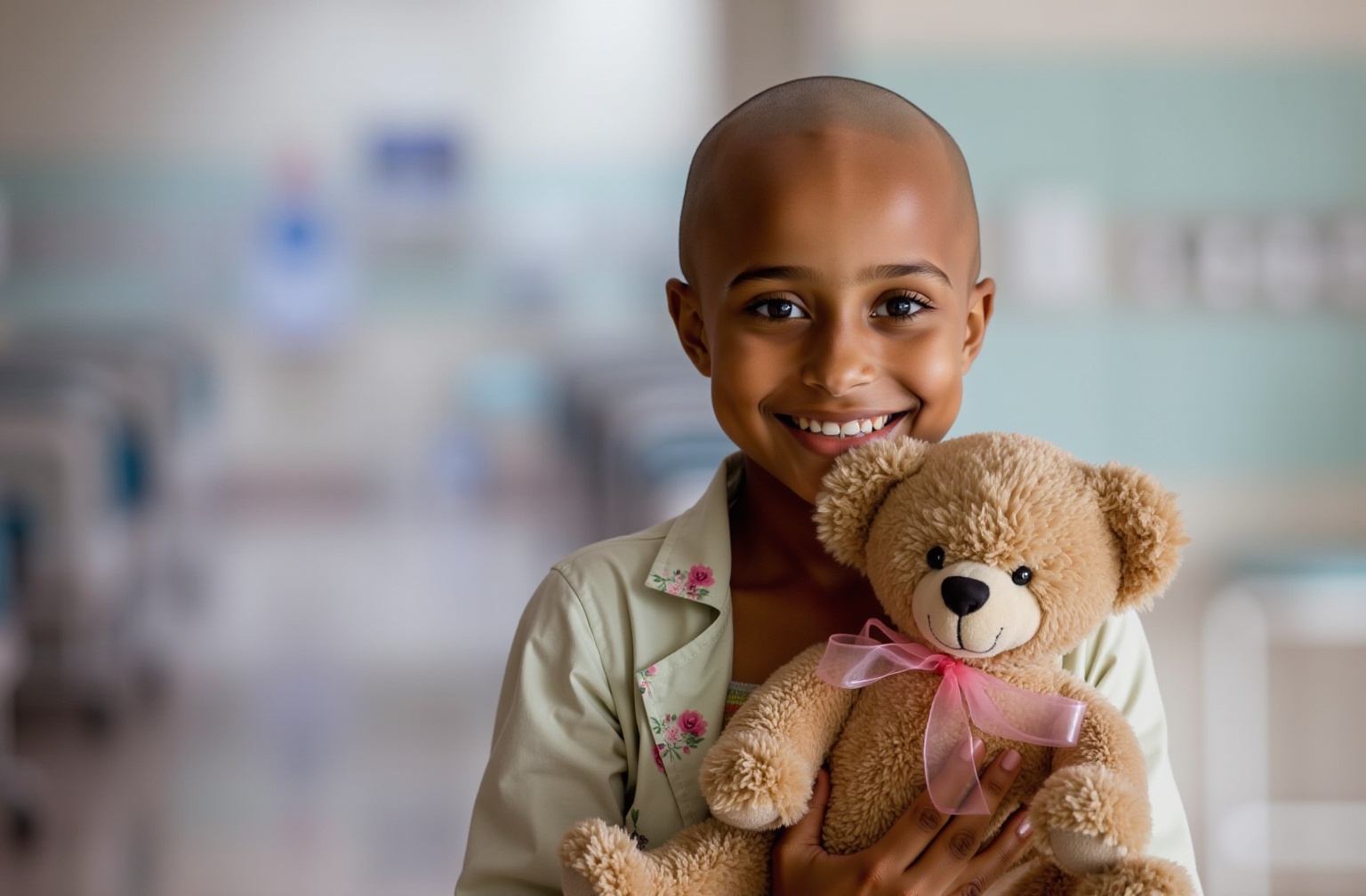8 Facts About Childhood Cancer Survivorship Programs
Have you ever wondered what happens to childhood cancer survivors after treatment? Many assume that once the cancer is gone, life returns to normal. But the reality is different. Survivors often face long-term health risks, emotional challenges, and hurdles in education and career growth.
This is where childhood cancer survivorship programs step in. These programs provide medical, emotional, and social support to help survivors lead a fulfilling life. Here are eight essential facts about them.
1. The Number of Survivors Is Growing
With advancements in cancer treatments, more children are surviving cancer than ever before. In the United States alone, nearly 500,000 people have survived childhood cancer. This number is expected to rise as medical research continues to improve treatment success rates.
While survival rates have increased, many survivors face long-term challenges. Survivorship programs play a vital role in ensuring they receive the right care even years after treatment.
2. Health Issues Don’t End With Cancer Treatment
Many survivors face late effects, which are health complications that appear months or even years after treatment. These can include:
-
Heart disease and stroke risk
-
Secondary cancers
-
Hormonal imbalances affecting growth and development
Cognitive challenges, including memory and learning difficulties By age 65, childhood cancer survivors are nearly three times more likely to develop aging-related diseases compared to those who never had cancer. Survivorship programs help detect these issues early and provide proper treatment.
3. Survivorship Programs Offer Long-Term Medical Monitoring.
Doctors recommend ongoing check-ups for childhood cancer survivors, sometimes for life. These visits often include:
-
Regular heart and lung screenings.
-
Bone density tests to check for osteoporosis.
-
Cancer screenings for early detection of secondary cancers.
-Many survivors develop conditions that can be managed effectively if diagnosed early. Survivorship programs create personalized care plans, ensuring each survivor receives the right screenings and medical care.
4. Psychological Support Is a Core Part of Survivorship Care.
Cancer affects more than just the body, it has a lasting impact on mental health. Many childhood cancer survivors struggle with anxiety, depression, or post-traumatic stress disorder (PTSD). Survivorship programs provide:
- Individual therapy and counseling.
- Support groups with other survivors.
- Workshops on stress management and coping skills.
Building emotional resilience is just as important as managing physical health. These programs ensure survivors receive the psychological support they need.
5. Education and Career Challenges Are Common
Cancer treatment often disrupts a child’s education. Some survivors miss months or even years of school due to treatments and hospital stays. Others develop learning disabilities as a side effect of chemotherapy or radiation.
Survivorship programs help bridge this gap by offering:
- Academic support, including tutoring and special education services.
- College scholarships for childhood cancer survivors.
- Career counseling to help survivors enter the workforce.
With the right support, survivors can achieve their educational and professional goals.
6. Family Involvement Strengthens Survivorship
Cancer affects the entire family, not just the patient. Parents often experience emotional distress, while siblings may feel neglected. Survivorship programs recognize this and involve families in the care process by offering:
-
Counseling sessions for parents and siblings.
-
Family retreats and bonding activities.
-
Workshops on how to support a childhood cancer survivor at home.
A strong family support system makes a huge difference in a survivor’s emotional well-being.
7. Community and Peer Support Make a Big Impact
Survivors often feel isolated from their peers who never had to face cancer. Connecting with other survivors helps them feel understood and less alone. Many programs offer:
-
Camps and retreats for young survivors.
-
Online forums where survivors can share experiences.
-
Local meet-ups for peer bonding.
These connections provide emotional healing and a sense of belonging, helping survivors build lifelong friendships.
8. Survivorship Programs Focus on a Better Quality of Life
The ultimate goal of survivorship programs is to help survivors live full and meaningful lives. Beyond medical care, these programs promote:
-
Healthy lifestyle habits, including exercise and nutrition guidance
-
Financial assistance for long-term healthcare needs.
-
Research-driven advancements to improve survivor care.
Many survivors go on to live healthy, productive lives with the right support. These programs ensure they are not just surviving but thriving.
Final Thoughts
Beating cancer is only the first step. Survivorship programs provide ongoing support to childhood cancer survivors, ensuring they receive medical care, emotional support, and educational guidance. With nearly half a million survivors in the U.S., these programs are more important than ever Investing in survivorship care improves the quality of life for thousands of individuals. By raising awareness and supporting these initiatives, more childhood cancer survivors can lead healthier and happier lives.







Comments